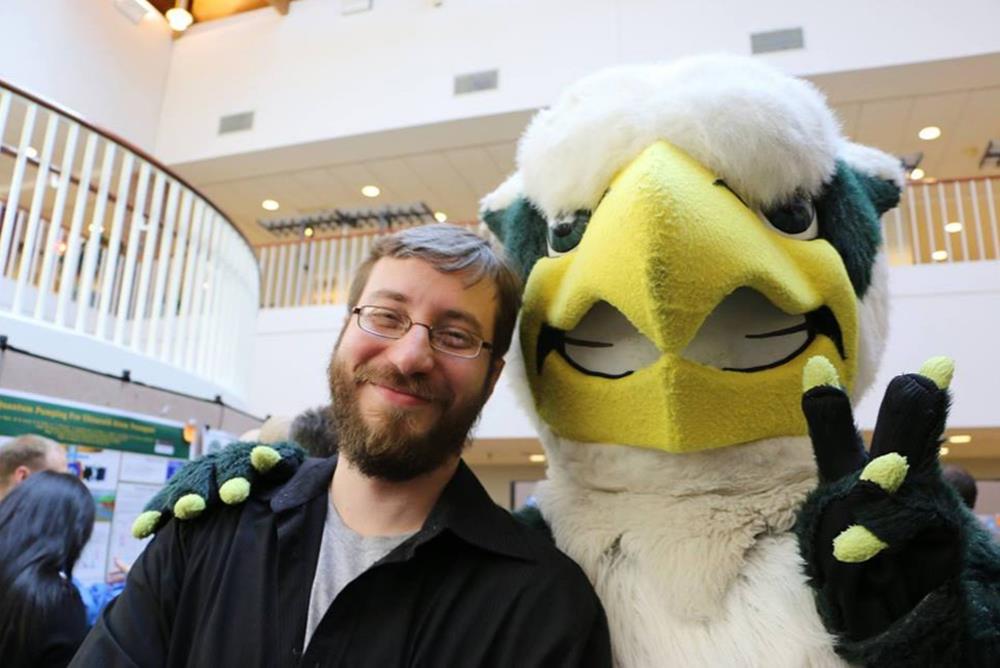A&S Graduate Studies
[PAST EVENT] James Franklyn Dowd: Physics Dissertation Defense

James Franklyn Dowd, Final Oral Examination for the Ph.D., Title: "Probe of Electroweak Interference Effects in Non-Resonant Inelastic Electron-Proton Scattering ."
Abstract: The Qweak collaboration at Jefferson Lab made the first direct measurement of the proton?s weak charge, Q_W^p, via a measurement of the parity-violating asymmetry in elastic e ?p scattering with low four-momentum transfer. To meet the high-precision goals, energy-dependent electroweak radiative corrections were applied to the measured asymmetry. The ?Z box, ?_?Z, where a photon and a Z-boson are simultaneously exchanged, was the most problematic of these corrections. It could not be calculated through the same perturbative methods as the rest of the corrections. The ?_?Z correction depends on theoretical models of the ?Z interference structure functions, F_1,2^?Z, for which there are almost no data. Presented in this dissertation are the results from a specialized run of the Qweak experiment. Using the Qweak apparatus, with modifications, a measurement of the parity-violating asymmetry of non-resonant inelastic e ?p scattering was made with 3.35 GeV incident electrons. The apparatus was tuned to inelastic e ?p scattering with an average W=2.33 GeV and Q^2=0.075 GeV2, in order to test the theoretical models used to predict the ?_?Z radiative correction. The final inelastic asymmetry, after correcting for beam polarization and backgrounds, was found to be A_phys= -13.5?4.4 ppm, in agreement with theoretical predictions. This measurement provides important experimental validation of the theoretical methods used to calculate the ?_?Z radiative correction. Additionally, this measurement provides useful experimental constraints on the F_1,2^?Z interference structure functions used in those theoretical models.
Bio: James Dowd, a child of the Air Force, was raised in Rheinland-Pfalz, Germany and Yorktown, Virginia. He graduated summa cum laude from Virginia Tech with a B.S. in physics with minors in mathematics and astronomy. An eager researcher, he started undergraduate research in his freshmen year at Virginia Tech, ultimately contributing to the Ultracold Neutron Asymmetry experiment at Los Alamos National Lab and the CLAS12 and Qweak experiments at Jefferson Lab. His interest in nuclear and particle physics led him to his Ph.D. research with Dr. David Armstrong at William & Mary, where continued as a collaborator on the Qweak experiment. His work is a test of the standard model in the parity-violating electroweak sector. His research interests include electroweak physics, particle detector development, and national security.
